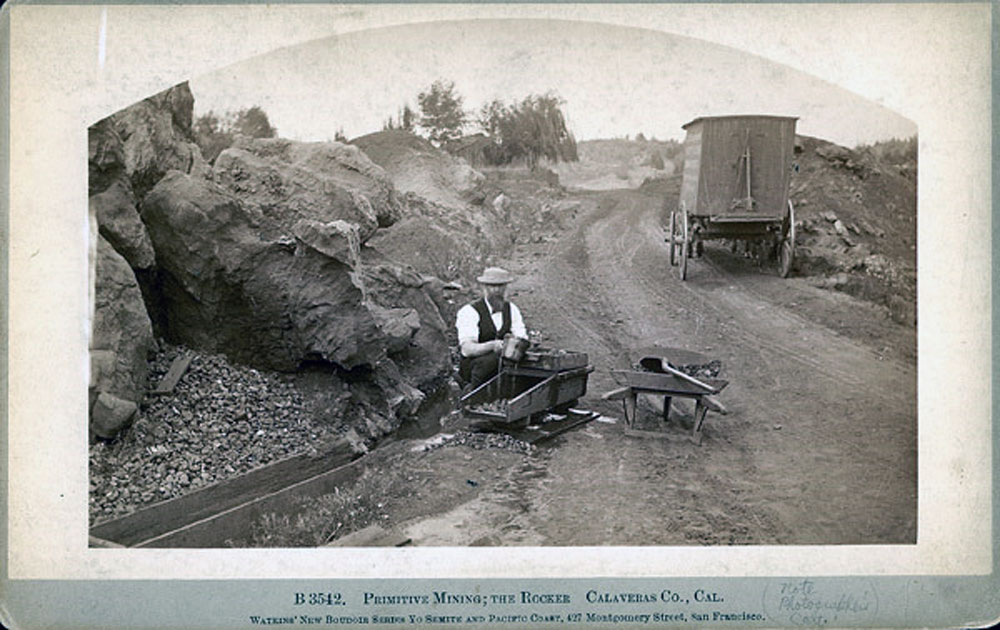
If you are selling collections in Australia, you may need to consider the implications of Capital Gains Tax (CGT).
Firstly, any collectables acquired before 20 September 1985 are exempt. Since 1985 works acquired for or worth $500 or less, are exempt.
But you would need proof of some kind if challenged.
To support the calculation of your capital gain figure the ATO has guides to the required record keeping which are pretty fearsome if you have built a collection of modest value photographs from ebay and other markets. Use this link to the ATO — click here
After September 1985 if you personally bought an artwork for $500 or more and have sold it at a profit, the gain will be subject to Capital Gains Tax.
Artwork bought as part of a superannuation strategy or trading stock of a business is another ballgame and needs accountant’s oversight.
Here’s another useful ATO link — click here.
I am a novice in this area, but as I understand it the Capital Gains Tax is applied at the taxpayer’s marginal tax rate but adjustments for a loss component can substantially reduce the overall sum to be taxed.
If you are selling a work you may need to factor in the Capital Gains Tax as well as GST if applicable, in setting the sale figure.
The gross sale figure for most methods of sale is usually reduced by a number of fees, taxes and straight costs such as preparation.
My very rough estimate is that if you see an auction or retail price for a similar work you want to sell, you will end up with only 50–60% of that figure in your hand.
If a private or museum sale at a lower figure than retail is a possibility then that is an attractive proposition.
For institutional sales you may need proof of provenance and patience with the paperwork and pace of institutional purchases or gifts. Allow plenty of time before any end of financial year if the year is important.
Again, my advice here is just that ‘my advice’ — I cannot guarantee that my advice on tax stuff is correct — it is a tricky world!
You definitely need to ask an accountant with some experience in the arts field as the Capital Gains Tax rulings change each financial year.
As often happens when selling you are making a loss — that amount is extracted from the amount on tax due on the profit of other collectables but not on other classes of holdings such as property or shares may be due. Losses can be carried over to a following year when further sales of collectables has generated a Capital Gains Tax debt.
You need proof of value at the time you acquired the works which is tricky unless you have been methodical about retaining receipts or documentation of gifts.
Gifts or bequests are not exempt so you will have to get a valuation done on what the work was worth in the year acquired if you don’t have receipts.
For example you receive a collection by inheritance and sell it a decade or so later. There are different requirements for estates depending on whether the deceased died before or after 20 September 1985.
A professional valuation can prove that the works have actually declined in value so that profit or capital gain, is reduced even if you or the original owner, didn’t not pay for the works.
Capital Gains Tax affects artist’s estates and is worth looking at if you have a collection destined to pass down a family or legatee line in the future. A valuation should be done at the time of transfer.
The system is designed for sales of shares and property that are relatively easy to assess. Large collections of modest value photographs are quite a challenge to fit into the assessment guidelines.
I found a few firms websites that might assist (untested by me, so no guarantees again)
Michael Fox — click here.
Lowensteins — click here
A further point
For those selling on their collections of works by living Australian artists you also need to check up on the Resale Royalty scheme which applies to works acquired after 8 June 2010 going to a secondary sale, of which the sale price (including GST) was $1,000 or more.
Here’s link on resale royalty: click here.
————————-
I cannot stress this point enough. The above is very superficial advice — I am no tax expert.
If you have queries, doubts or concerns, please consult a tax expert — for instance an accountant.
————————-
» click here to return to the contents page for Parting with Your Art
——————————————————–
here’s a link back to my main blog page — click here